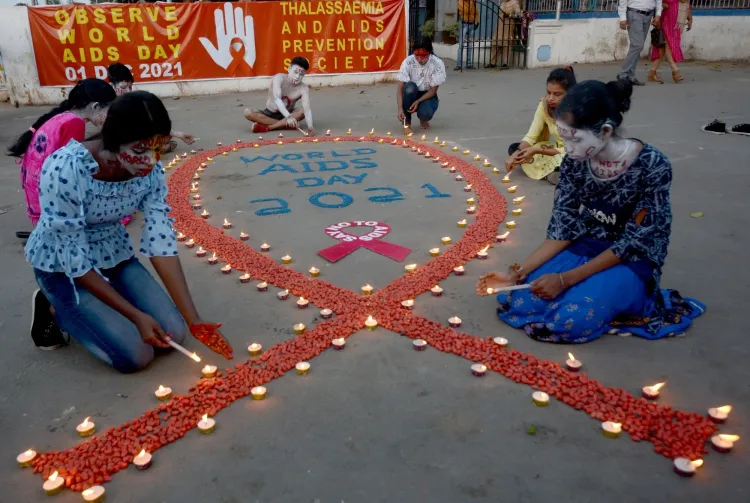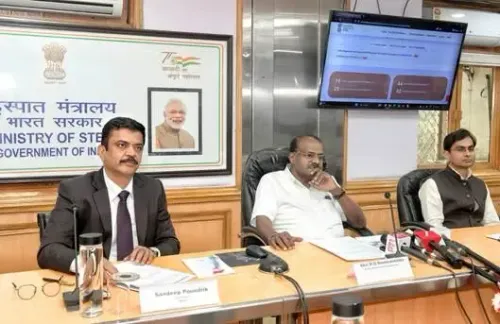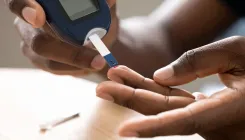Is India Ready to Lead in Global HIV Diagnostics and Treatment?

Synopsis
Key Takeaways
- India has the capability to manufacture HIV diagnostics and medicines.
- The country provides over 90% of global ART supply.
- Funding cuts pose a significant risk to progress against HIV/AIDS.
- Government funding constitutes the majority of HIV program financing in India.
- Innovative domestic health financing is essential for future sustainability.
New Delhi, July 11 (NationPress) Dr. Ishwar Gilada, Secretary General of the People’s Health Organisation (India), stated that India has the capacity to produce low-cost and high-quality HIV diagnostics and medications, and to supply them globally. His remarks came as UNAIDS raised concerns about a "historic funding crisis" that could jeopardize millions of lives affected by HIV.
Gilada, who is the only Indian on the International AIDS Society (IAS) Governing Council, confirmed that India can create generic versions of the new lenacapavir—a long-acting injectable that provides nearly complete protection against HIV with only two doses annually.
“India possesses a tried-and-true ability to produce HIV diagnostics and medicines, along with a robust supply chain to ensure they reach the global market sustainably,” said Dr. Gilada, who also holds the title of President Emeritus of the AIDS Society of India.
His comments came in response to a recent UNAIDS report, which warned that an indefinite halt to support from the US President’s Emergency Plan for AIDS Relief (PEPFAR) might result in over four million additional AIDS-related fatalities and six million new HIV infections by 2029.
The US, the leading donor for global HIV initiatives, ceased all aid on January 20, following the inauguration of President Donald Trump.
Describing it as “a historic funding crisis,” the UNAIDS report indicates that the progress made over decades in combating HIV is at risk. Thanks to the dedication of communities and governments, new HIV infections have decreased by 40% and AIDS-related deaths by 56% since 2010.
“While the Global North may have provided funds or loans to countries in the Global South, it is Indian medicines that have historically made a significant impact in the battle against AIDS,” stated Gilada.
He pointed out that India has consistently supplied life-saving ART to over 90% of the global population living with HIV, yet has not received due recognition from UN agencies.
According to NACO, the HIV program in India is predominantly funded by the government at 94%, with only 6% sourced from the Global Fund.
“The future of the HIV response must be sustainable, inclusive, and nationally led,” he emphasized, referencing the UNAIDS report which noted that 25 of 60 low- and middle-income countries (LMICs) have managed to increase HIV expenditure from domestic resources through 2026.
Gilada urged LMIC governments to prioritize domestic health financing and to seek innovative funding solutions, including social enterprise models.
As of 2023, India recorded 2.54 million individuals living with HIV, including 70,000 children, a slight increase from 2.5 million in 2022 and 2.4 million in 2021.
Alarmingly, in 2023, there were 68,450 new infections, averaging 187 daily, marking a small rise since 2021. Additionally, there were 35,870 AIDS-related deaths this year, an increase of 11% from the previous year.
“Our HIV programs must ensure that prevention, diagnostics, treatment, care, and support services are accessible to everyone in need globally,” Gilada affirmed.
“Ending AIDS is impossible if we neglect HIV prevention. We have scientifically backed combination prevention strategies; we must implement them effectively to significantly reduce new infections,” concluded Gilada.









